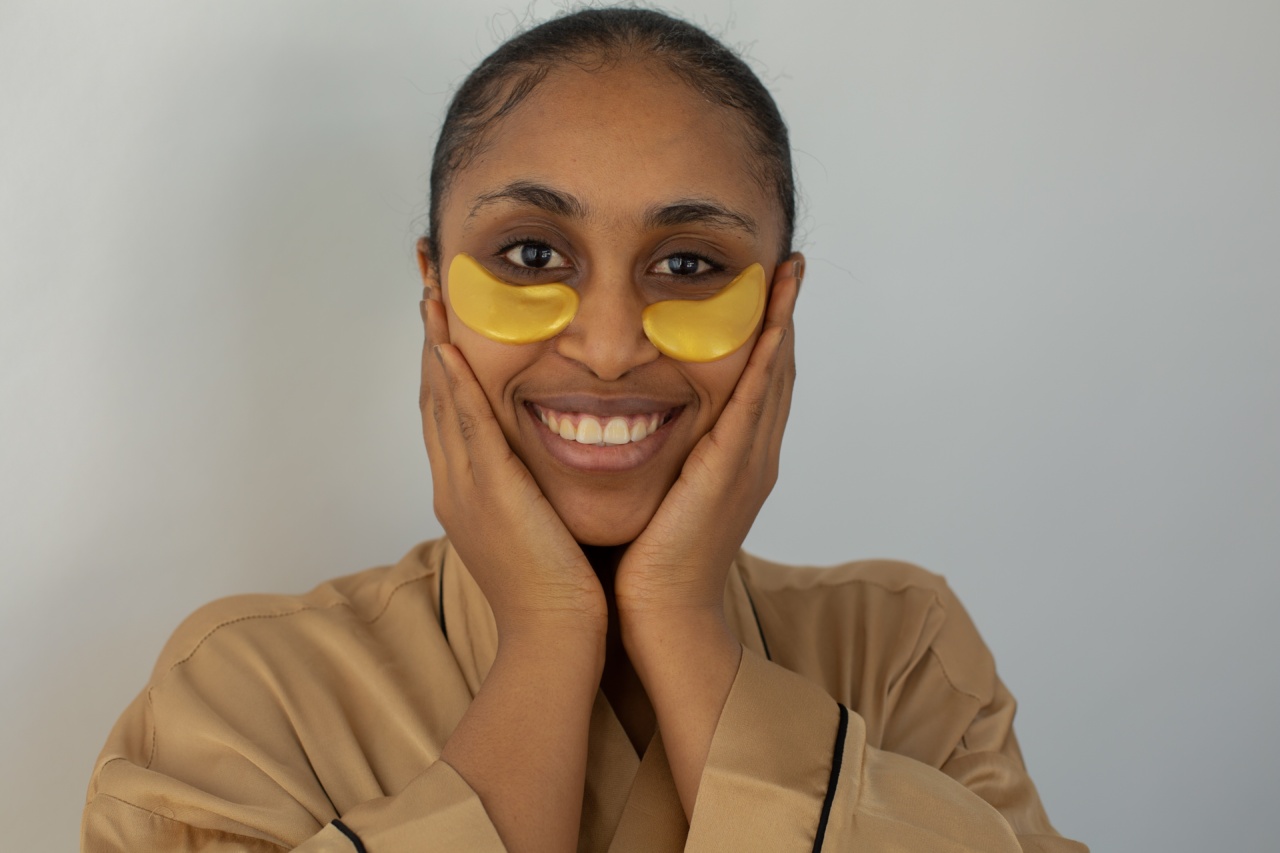Keratoconus is an eye condition that affects the shape of the cornea, the clear front surface of the eye. In a healthy eye, the cornea is dome-shaped, allowing light to enter and focus properly on the retina, resulting in clear vision.
However, in individuals with keratoconus, the cornea becomes thin and bulges into a cone-like shape, causing distorted and blurred vision.
Symptoms and Diagnosis
The symptoms of keratoconus typically develop during the late teenage years or early twenties. These may include:.
- Blurred or distorted vision
- Increased sensitivity to light and glare
- Frequent changes in eyeglass or contact lens prescriptions
- Difficulty seeing at night
- Eye redness and irritation
If you experience any of these symptoms, it is essential to seek professional eye care. An eye doctor will perform a comprehensive eye exam to diagnose keratoconus. This may involve:.
- Visual acuity tests to measure your sharpness of vision
- Refraction tests to determine your eyeglass or contact lens prescription
- Slit-lamp examination to evaluate the shape and condition of your cornea
- Corneal topography to create a detailed map of the cornea’s curvature
Treatment Options
While there is currently no cure for keratoconus, several treatment options can effectively manage its progression and improve vision. The choice of treatment depends on the severity of the condition and the individual’s visual needs.
Some of the widely used treatment methods are:.
1. Eyeglasses
In the early stages of keratoconus, eyeglasses may be sufficient to correct vision problems caused by the irregular shape of the cornea. Specialized lenses, such as rigid gas permeable lenses, can often provide better visual acuity and comfort.
2. Contact Lenses
Contact lenses are a popular choice for individuals with keratoconus. Rigid gas permeable lenses and scleral lenses are specifically designed to vault over the cornea’s irregular shape, providing clearer vision.
These lenses should be fitted and prescribed by an eye care professional experienced in managing keratoconus.
3. Corneal Cross-Linking
Corneal cross-linking is a minimally invasive procedure that aims to strengthen the cornea and halt the progression of keratoconus.
During the procedure, the eye doctor applies riboflavin eye drops to the cornea, followed by exposure to ultraviolet light. This combination promotes the formation of new collagen bonds, enhancing the cornea’s structural integrity.
4. Intacs
Intacs are small, clear, crescent-shaped inserts that are surgically placed in the cornea. These implants help reshape the cornea, improving vision and reducing astigmatism caused by keratoconus.
Intacs may be recommended when other treatment options no longer provide adequate vision correction.
5. Corneal Transplantation
In severe cases of keratoconus where other treatment methods are ineffective, a corneal transplant may be necessary. During a corneal transplant, the damaged cornea is replaced with a healthy donor cornea.
With advancements in surgical techniques and immunosuppressive medications, the success rates of corneal transplants have significantly improved.
The Latest Advances in Keratoconus Treatment
Scientists and researchers continue to explore innovative treatments to improve the management of keratoconus. Some of the latest advancements in the field of keratoconus treatment include:.
1. Customized Wavefront-Guided Contact Lenses
Wavefront technology allows for the creation of highly personalized contact lenses that address the unique irregularities of each individual’s cornea.
These customized lenses provide improved comfort, vision quality, and better fitting for individuals with keratoconus.
2. Corneal Collagen Cross-Linking with Riboflavin
Newer versions of corneal cross-linking techniques involve accelerated cross-linking protocols, allowing for shorter treatment times. These advancements aim to enhance patient comfort and overall treatment outcomes.
3. Topography-Guided Laser Ablation
Topography-guided laser ablation is a laser-based procedure that uses precise corneal mapping to guide the removal of corneal tissue.
This customized treatment approach helps correct irregular astigmatism and improve visual outcomes in individuals with keratoconus.
4. Combination Therapies
Researchers are exploring the efficacy of combining different treatment modalities to achieve better outcomes in managing keratoconus.
Combining corneal cross-linking with other interventions, such as intracorneal ring segments or corneal remodeling techniques, may offer synergistic benefits for patients.
Conclusion
With the latest advances in eye care, individuals with keratoconus now have a range of treatment options to effectively manage their condition and improve their vision.
Early diagnosis and regular follow-up with an eye care professional are crucial for successfully treating keratoconus. Stay informed about the latest advancements in the field and consult with your eye doctor to determine the most suitable treatment approach for your specific needs.

























